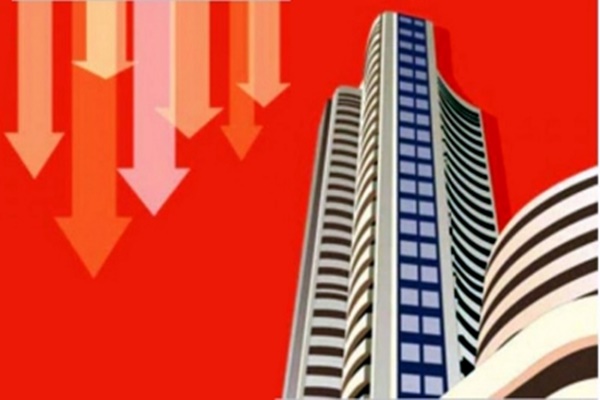Global stocks sank a day after US President Donald Trump announced sweeping new tariffs that are forecast to raise prices and weigh on growth in the United States and abroad. The Wall Street Journal reported that the US market had lost 2.7 trillion dollars in market cap. The S&P 500, which tracks 500 of the biggest American firms, plunged 4.8 percent- its worst day since COVID-19 crashed the economy in 2020. Earlier in the day, financial markets fell from Asia to Europe. Nike, Apple and Target were among the big consumer names worst hit, all of them sinking by more than nine percent. The STOXX Europe 600 index fell 2.7 percent, and a 2.8 percent drop in Tokyo’s benchmark led losses in Asia. The Dow Jones closed about 4 percent lower, while the Nasdaq tumbled roughly 6 percent. Earlier, the UK’s FTSE 100 share index dropped 1.5 percent, and other European markets also fell.
Oil prices sank more than 2 US dollars a barrel.
The World Trade Organization said it was deeply concerned, estimating trade volumes could shrink as a result by one percent this year. Traders expressed concern that the tariffs could stoke inflation and stall growth.
China accused the US of “bullying”, and the European Union promised “robust” countermeasures, with French officials suggesting taxes to hit US tech giants. China’s Foreign Ministry spokesperson, Guo Jiakun, said that there are no winners in trade wars and tariff wars.
European Commission President Ursula von der Leyen denounced Trump’s levies as a “major blow to the world economy” but held off announcing new countermeasures. She said the commission, which deals with trade issues for the 27 EU member countries, was ready to talk.
British Prime Minister Kier Starmer said his government would react with “cool and calm heads,” telling business leaders in London that he hoped to strike a trade deal with the US that would see the tariffs rescinded.
Meanwhile, setting off for Florida from the White House yesterday, Trump struck an optimistic note. He told reporters the US economy would “boom” as he stood by his decision to impose a minimum 10 percent tariff on imports, which he argues will boost federal revenues and bring American manufacturing home.















